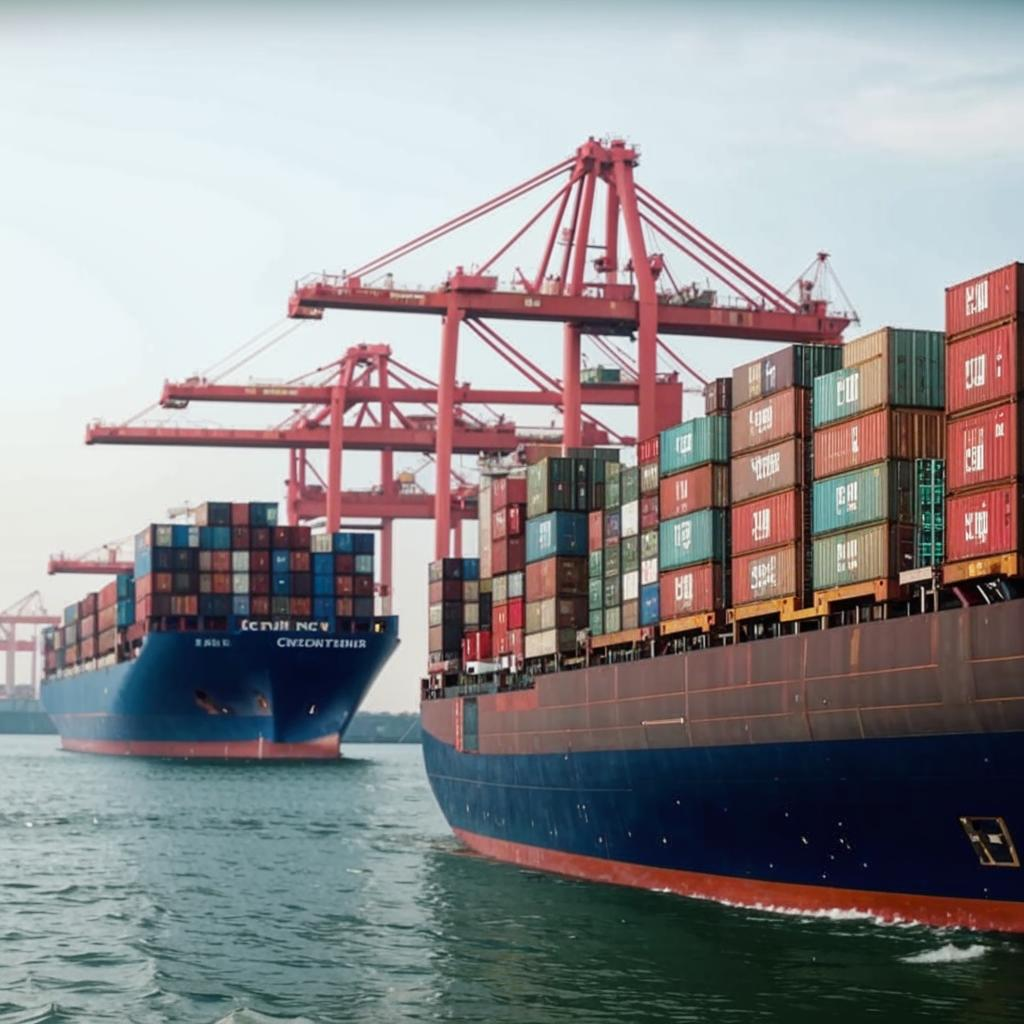Companies worldwide are aggressively diversifying their supply chains, moving away from over-reliance on single nations like China. Heightened geopolitical tensions, the lingering effects of the pandemic, and recent disruptions caused by conflicts have exposed vulnerabilities, prompting a fundamental shift in corporate strategy. This move isn’t solely about reducing dependence on China; it’s about building more resilient and agile networks that can withstand future shocks.
Several factors are driving this change. Rising labor costs in China, coupled with trade disputes and concerns over intellectual property, have made alternative manufacturing locations more attractive. Governments are also playing a role, offering incentives and subsidies to companies that relocate production to domestic or allied countries.
Southeast Asian nations like Vietnam, Indonesia, and Thailand are emerging as key beneficiaries of this diversification, attracting significant foreign investment. Mexico is also gaining traction as a nearshoring destination for companies looking to serve the North American market.
However, diversification is not without its challenges. Establishing new supply chains requires significant investment in infrastructure, logistics, and workforce training. Companies must also navigate complex regulatory environments and cultural differences. Despite these hurdles, the momentum towards diversification is undeniable, with companies recognizing the long-term benefits of a more resilient and geographically dispersed supply chain. This trend is expected to continue as businesses prioritize risk mitigation and seek greater control over their operations. The pressure to avoid being caught off guard by future disruptions is simply too great.














